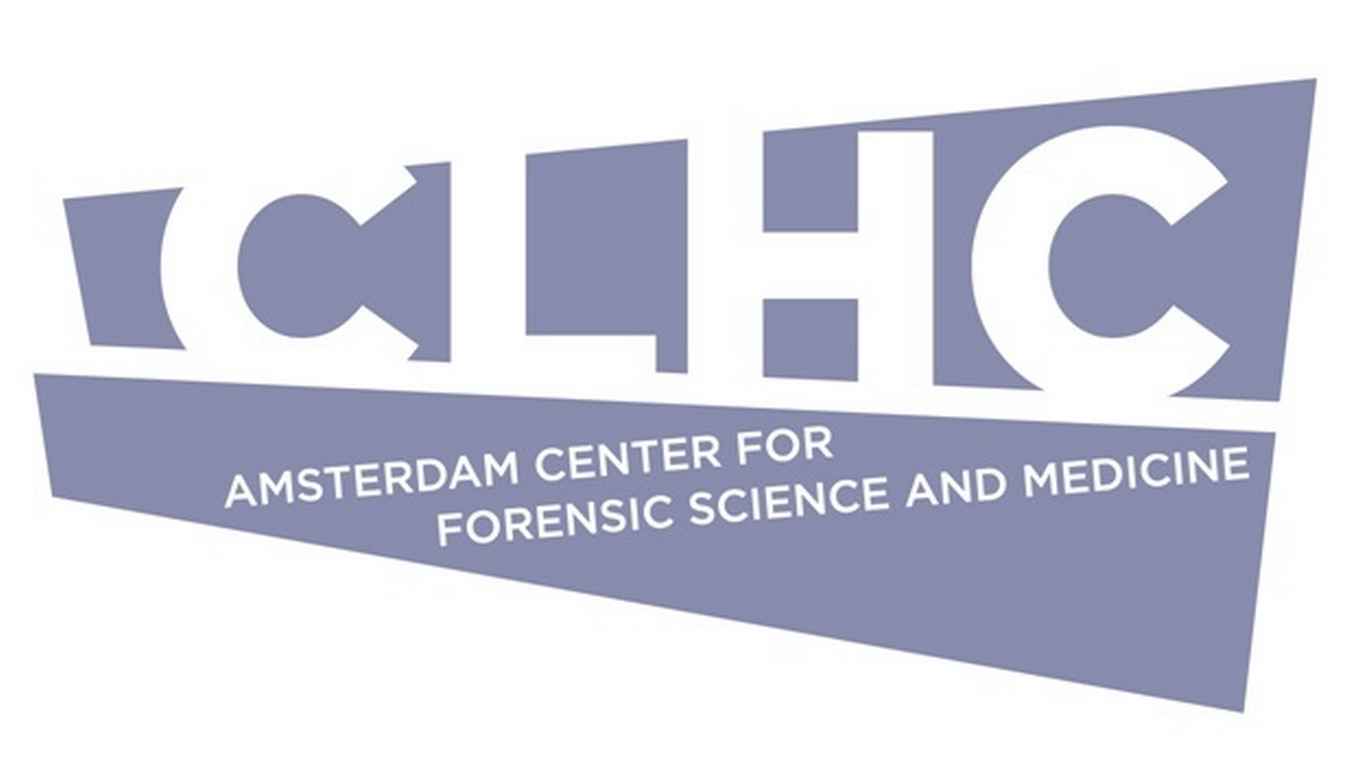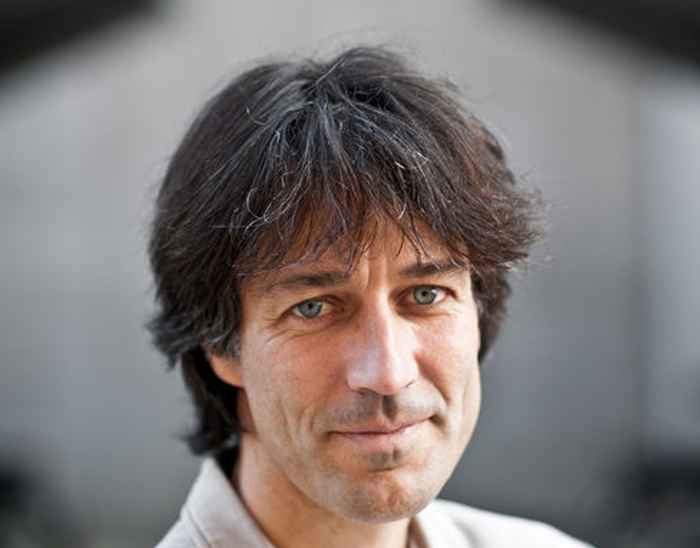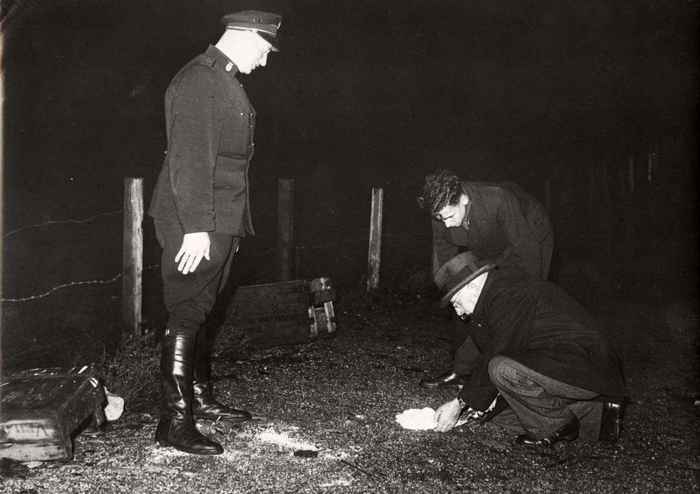CLHC continues collaboration in forensic science
Partners renew collaboration agreement
12 February 2016

By signing a renewed agreement the CLHC partners have continued their collaboration to develop forensic science in the Netherlands. The Co van Ledden Hulsebosch Center, named after the famous Amsterdam pioneer, will aim to develop its national and international network and to stimulate a truly interdisciplinary approach to forensic science.
In the near future CLHC directors Maurice Aalders and Arian van Asten hope to welcome the Amsterdam University of Applied Sciences and the Faculty of Sciences of the VU University Amsterdam as formal partners in the CLHC network.
Unique matrix model
Prof. Arian van Asten indicates that since its start in September 2013 in two years a foundation has been realized for a broad and successful forensic science program in Amsterdam and The Hague. “We utilize the academic knowledge and expertise to create new forensic insights and methods. In return the forensic science projects also enrich the science areas” states van Asten, who works at the NFI but also holds a special chair in forensic analytical chemistry at the van ‘t Hoff Institute for Molecular Sciences at the UvA.
CLHC co-director Prof. Maurice Aalders adds that this connection of science and forensic expertise has resulted in a significant number of externally funded projects. In 2014 and 2015 in total eight PhD students successfully defended their thesis in forensic science.

Aalders, AMC scientist and professor by special appointment in Forensic Biophysics, adds “CLHC projects also aim to innovate and improve crime scene investigations and new methods for Blood Pattern Analysis and for the age estimation of biological traces have been introduced”.
To date over 30 PhD students are involved in forensic science in a broad range of scientific fields including forensic chemistry, forensic statistics, criminalistics, forensic biology, digital forensics, physics and forensic biophysics, medicine and radiology.
Excellent science = excellent education
Both CLHC directors stress that the forensic science program in Amsterdam is strongly linked to the forensic science education efforts of the UvA. The Institute for Interdiscplinary Studies (IIS) offers the only Master’s Program in Forensic Science (MFS) in the Netherlands. This program is very popular both nationally and internationally and annually 30 to 40 new students start with this track.

Many of the teachers are active in forensic research and even conduct case work. Through the special Frontiers of Forensic Science sessions students are introduced to cutting edge forensic science and its applications. These sessions also enable the students to build a network and to meet with forensic experts and professionals in the criminal justice system. In the 2nd year of the Forensic Science Master the students really start to contribute to the forensic science program within the CLHC through their literature thesis and research project. Dr Andrea Haker, director of the MFS program adds “Together with the CLHC we try to create opportunities for our most ambitious and talented students to advance their career in forensic science through a PhD project”.
Forensic history

The CLHC also safeguards a piece of forensic history in the Netherlands. The center is in close contact with the grandson (also named Co!) of Co van Ledden Hulsebosch who has documented and stored many documents and artefacts related to the work and life of his famous grandfather. CLHC website editor Ineke Weijer from the UvA works with Co to make his interesting material publicly available.
From the CLHC website the memoires from Co van Ledden Hulsebosch named “40 Jaar Speurderswerk” (40 years of detective work) can be downloaded. Additionally, a unique radio interview from the 1930s is made available through the website. According to Ineke Weijer “the excitement of the interviewer clearly illustrates that in those days the CSI effect already existed”.